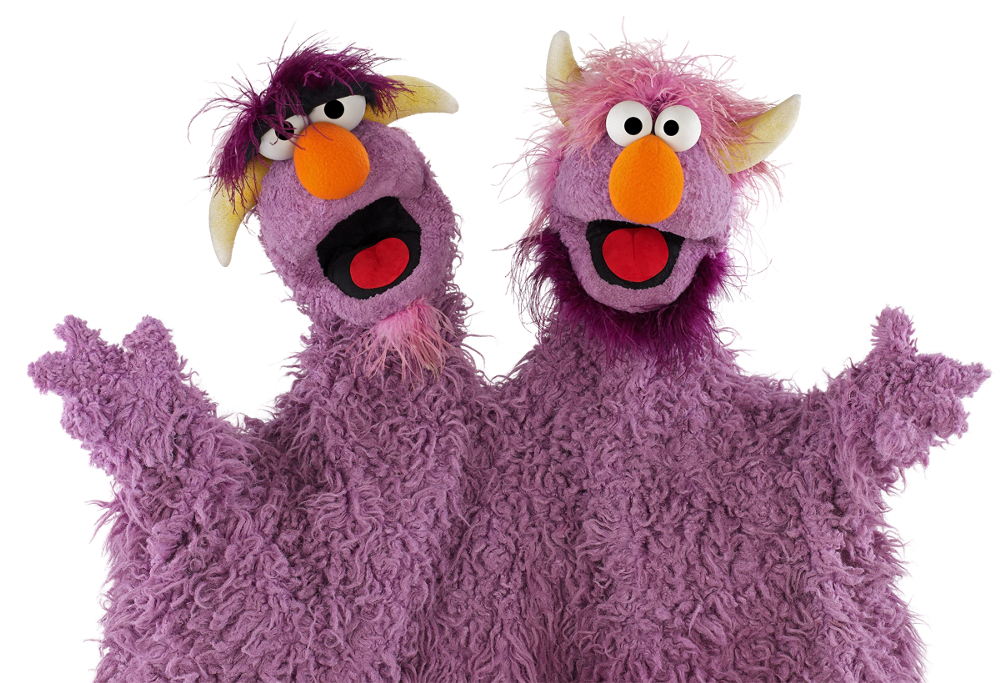Last semester, I took a class called Expressive Arts. It is a class for education majors where you learn how to include various art forms in your classroom. As a someone who is both an education major and a theater major, I realized that Expressive Arts would be the perfect class for me because it allowed me to learn how to include the arts, something I deeply appreciate, into my classroom.
I call this blog “My Life With Two Heads” because each major is like a head filled with information related to the major. I have an education head filled with information related to stages of development and learning styles, and I also have a theater head that I use to create stage pictures, bring characters to life, and design sound effects. The Expressive Arts class allowed me to learn how to put both heads together so I could use my theater head to engage the students (my education head) and make sure they learn something artsy.
For my field placement at The Asbury Woods Nature Center, I have to plan an entire integrated science unit – meaning I have to plan a science unit that includes elements of the other content areas. My unit on the food chain ties in geography, math, writing, and visual arts. Since I am assisting teachers at a place where children go on field trips, I am not going to have the opportunity to teach the unit, but it is a really great planning exercise that is forcing me to learn ways to incorporate other content areas into a content area I am not used to teaching. For the record, English is my main concentration, but after learning ways to teach science in my Concepts of Natural Science class, I am becoming more comfortable with teaching science.
For my unit, I have to write individual lesson plans that each include a section on differentiated instruction. This is a term that refers to a teacher’s effort to meet the needs of the students in the classroom while teaching a lesson. Instruction could be differentiated by a students readiness, student interests, student’s multiple intelligences, and learning styles. From previous lessons I have planned and taught, I realized that I could use my theater head to meet the needs of diverse learners.
In my First Year Seminar taught by Dr. Leighann Forbes, I learned about different learning styles students have. The three main categories she described were visual learners (who prefer to learn by seeing things), auditory learners (who learn best by hearing things), and tactile learners (who learn by experiencing things hands on). I realized that the majority of educational activities appeal to visual learners (reading about the content, graphic organizers that help visualize the content, etc.) and auditory learners (lectures). While I can use theatrical arts to appeal to both visual and auditory learners, I still needed to find a way to appeal to tactile learners.
One thing that was discussed in my Expressive Arts class was using plays to represent concepts or ideas. This was demonstrated by Professor Martin for my Concepts of Natural Science class. I created my own “mini play” to teach the greenhouse effect and I am including this in my food chain unit plan because the greenhouse effect causes climate change which has the ability to impact the food chain.
I would divide the students into two groups: sun’s heat and greenhouse gases. Everyone exits the classroom. The sun’s heat enter. So do the greenhouse gases. The greenhouse gases block the door. The sun’s energy tries to get out. Boom! You have the greenhouse effect.
Theater arts are not the only to meet the needs of tactile learners. I could include the art of dance, visual arts, or really any other arts to meet these student’s needs. I seek to meet multiple learning styles by putting my two heads together.





